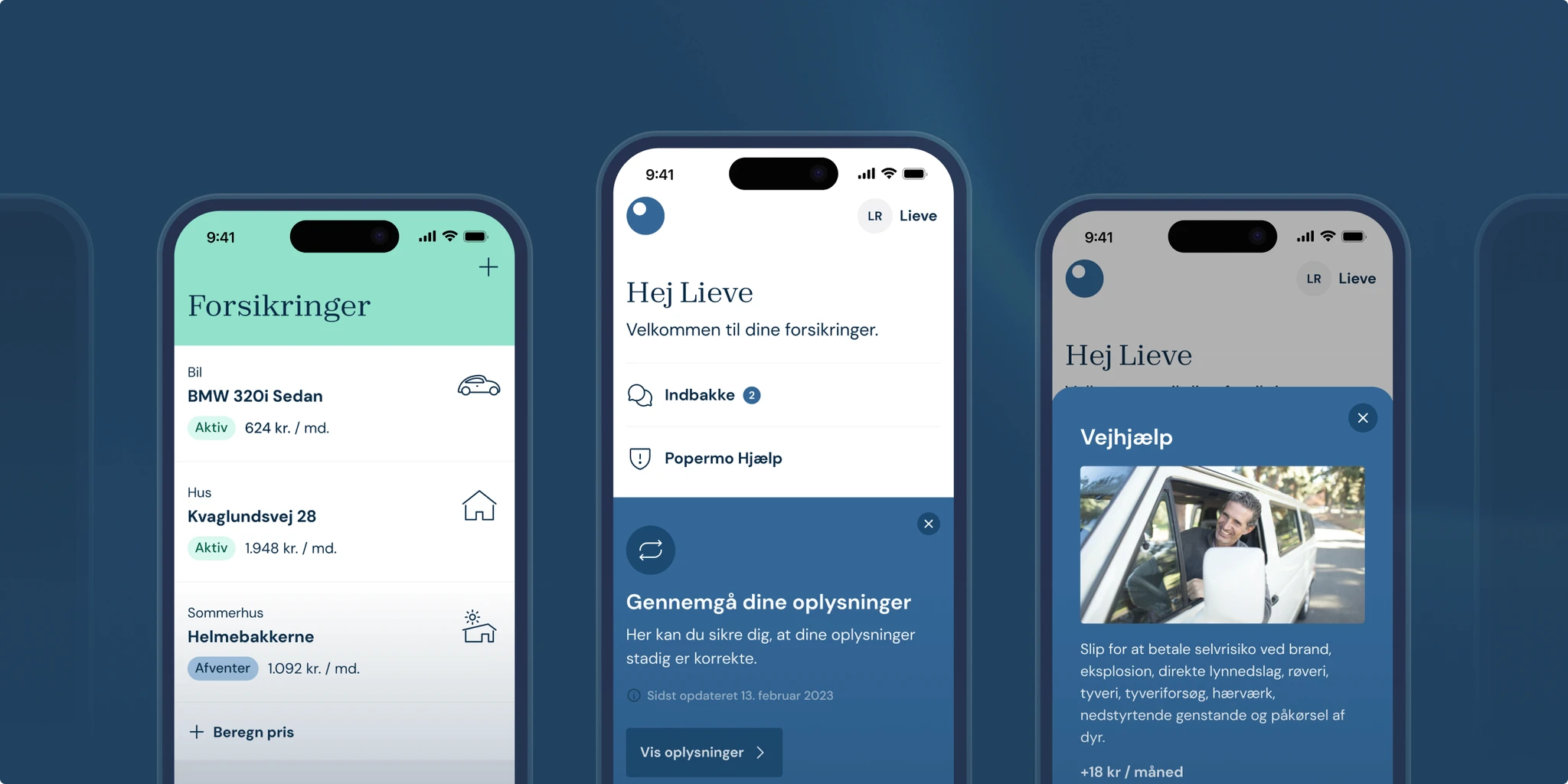Enhancing without disrupting a trusted product
Jublo is a leading SaaS platform built specifically for artisans—offering powerful tools for managing orders, communication, and operations. With a loyal customer base and a feature-rich product, Jublo had a strong foundation. But the platform’s UX needed refinement to keep up with user expectations and growing complexity.
Our goal was to improve the experience without disrupting what already worked. That meant introducing better structure, accessibility, and visual consistency—while preserving the familiarity that long-time users rely on. It was a design challenge that required empathy, precision, and a close partnership with the Jublo team.
Improving without alienating loyal users
The biggest challenge was balancing change with continuity. Jublo’s customers were deeply familiar with the platform and depended on it for daily workflows. Any major change risked creating friction—even if it offered long-term benefits.
We needed to approach the redesign strategically: refine navigation, improve accessibility, and modernise the UI, but without disorienting users. It wasn’t about revolution—it was about evolution. Every improvement had to feel intuitive, purposeful, and aligned with how people already used the product.
Listening first, designing second
We started by embedding with Jublo’s team and running a series of user interviews to better understand how the product was being used—and where it caused friction. These insights guided our design decisions throughout the project.
One of the first areas we tackled was navigation. The existing menu structure had grown over time and needed simplification. We reimagined it around core workflows, making it easier to move between key tasks without losing context.
We also developed a scalable design system—introducing consistent components, clear visual hierarchy, and accessible design patterns that support ongoing product development. The system not only brought visual alignment, but made it easier for Jublo’s internal team to build and iterate faster.
Close collaboration with the product and engineering teams ensured that what we designed could be implemented without slowing down their roadmap.
A sharper, more user-friendly experience
The result is a cleaner, more intuitive version of Jublo that still feels familiar to its users. Navigation is faster. Information is easier to find. And the updated visual language feels modern while maintaining the trust the brand has built over time.
The new design system sets the stage for faster, more consistent feature development moving forward. It’s a foundation the team can build on confidently—without needing to reinvent the wheel each time.
Ultimately, the redesign helped Jublo stay true to what made it successful while elevating the experience for both current and future users. It’s a clear example of how thoughtful, user-informed design can deliver value without unnecessary disruption.

















